Difference between Personnel Management and HRMIntroductionYou must have an effective corporate structure to manage the people in your company. Have you ever considered the differences between personnel management and human resources management? You could use the essential human resource management (HRM) & personnel management (PM) methods. Personnel management involves basic administrative tasks, including employing, paying, developing, and coordinating employees. HRM focuses on assessing the requirements of the business and regularly reviewing and adjusting all procedures to accomplish a specified goal. Even though many critics believe human resource management is merely a new term for personnel management, several professionals have discovered essential distinctions between personnel management and human resource management to increase the department's profile within the sector. 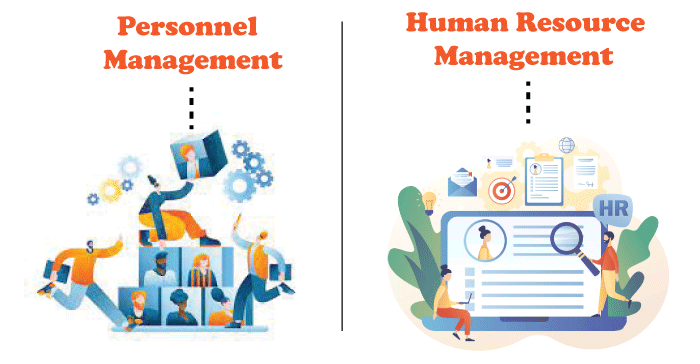
A development above traditional personnel management is human resource management. When human resource management (HRM) was less common in earlier centuries, personnel management handled employee staffing and payment (PM). Popularly, it is known as "Conventional Personnel Management." Therefore, we will clarify personnel and human resource management concepts in this article. Difference between Personnel and Human Resource Management
Concept of Personnel Management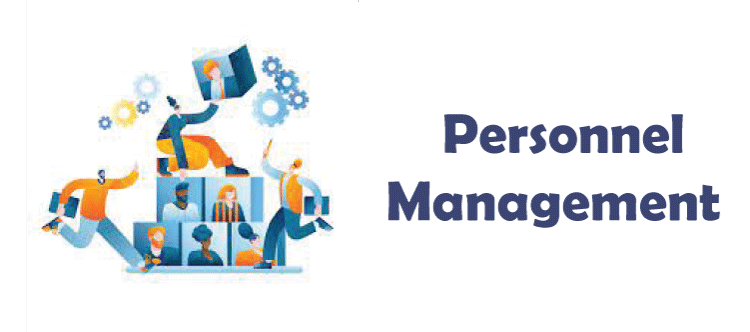
The founding father of personnel management is said to be Robert Owen. It is the administration stage concerned with efficient management and application of labor as opposed to other forms of authority. The primary concern of personnel management is the employees of the company. The administrative task of personnel management is to recruit and train staff so they can contribute more creatively to the business. It specifies the qualified personnel for each organizational job. Additionally, this is a typical method of managing staff. It is seen in some firms as a division of human resources that exclusively focuses on administration. Personnel managers supervise new workers' employment and professional growth within a company. They are responsible for finding new talent, educating new hires, and providing them with essential career assistance. In contrast to creating complex schedules, plans, and work techniques, personnel management intensely focuses on action. Rational personnel policies can effectively address employees' issues and complaints at work. As a member of a bigger HR team, personnel managers are employed by many companies. However, smaller businesses use personnel specialists as individual managers to handle all the administrative tasks. Roles of Personnel Management in the CompanyAn overview of the main components of personnel management applied in hiring choices and an operation, including employee assistance, is provided below: 1. StrategicThe main goal of strategic personnel management is to organize how to assist employees. For example, this comprises existing and foreseeable tactics for controlling employee satisfaction levels and staff turnover. To promote longevity and job happiness, strategic personnel management also provides continual training to help workers advance within the company. 2. Job AnalysisThis will include assessing job openings to ensure appropriate pay rates. It will also comprise comprehensive evaluations of every position used to estimate the company's current and future labor requirements. Doing a job analysis entails acquiring and analyzing critical information about a job. This study draws conclusions based on information gathered about a task. An evaluation of the nature of the work, as well as the expertise, skills, and mindset of the jobholder, is included in the job analysis process, which also covers the job description and specification. Simply put, a job specification is a written record of the qualities and information a jobholder should have to manage a job. This aspect of personnel management determines how a role works within the larger framework of the firm. It is mainly an evaluation of the position, not the worker. 3. Work EvaluationThis aspect of personnel management is responsible for outlining the evaluation process for employees. Personnel management experts utilize this component to determine how frequently workers are evaluated and how to rank employees. The purpose of evaluations is to offer feedback and keep records of an employee's performance over a certain period. They may also be used to communicate the expectations and objectives of the position. Performance reviews may be a valuable tool for coaching staff members regarding areas for personal growth and development. 4. Benefit IntegrationPlanning for the distribution of benefits and deciding which benefits employees will get are both crucial components of personnel management. Another aspect is selecting plans, such as those with personal health care coverage. 5. On-Going TrainingPersonnel management is responsible for overseeing employee development through continuing their education to keep employees interested in developing their careers and engaged in their workplace. This can be done by providing staffers access to seminars, educational lunches, or plans to attend professional conferences. 6. Attendance and SabbaticalManaging a workforce also includes controlling vacation, sick, and personal days. Short-term disabilities or periods of absence are also a part of this job. Remember that a sabbatical offers additional time off fromemployment and any other corporate time off, so you may recharge before returning to your job. 7. Operational DutiesThe daily operations of human resources in employee interactions are called "operational personnel management." Support staff in HR utilize operational personnel management to take care of the fundamental requirements of new hires, such as giving tools and credentials for firm digital platforms. The administration of employee benefits and continuous assistance falls within the scope of this branch of personnel management. Why is Personnel Management Crucial?Developing mentoring for employees and providing them with the tools they need to stay updated on their jobs are essential aspects of personnel management. Some of these tools include an on-site library of authoritative sources, encouraging employees to continue their education by covering tuition costs and notifying them of seminars and classes to help them develop their job skills. When utilized this way, personnel management informs your workers of industry developments, enables your business to adjust to changes more quickly, and keeps you one step ahead of the competition. 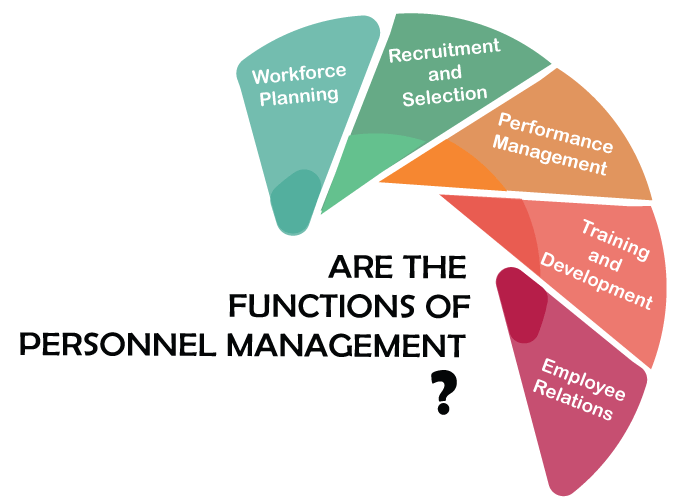
A company's most precious asset is its workforce. The people that work for a firm are its most valuable asset. However, poor hiring may destroy the foundation of your business. By providing adequate employee training and acquiring a personal understanding of human nature, defined as "the totality of motives that cause human action," personal management attempts to improve morale. Additionally, PM ensures that only highly qualified individuals are hired and offers the ideal setting for development. Concept of Human Resource Management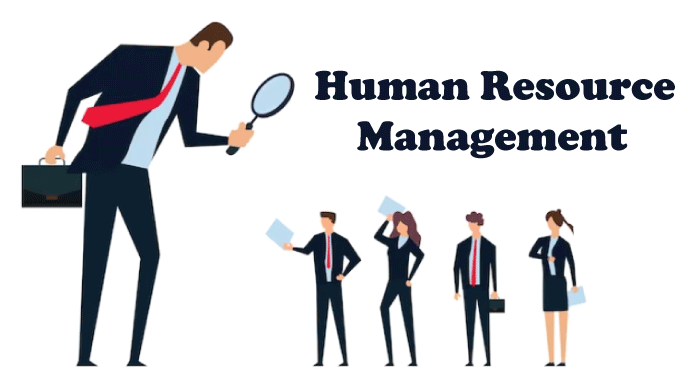
Recruiting, developing, motivating, and maintaining human resources are all part of what is known as human resource management (HRM), a function of an organization. Through systematic workforce management, the main goal is to create a workplace focused on the employees' needs. Individuals may then offer the firm their utmost. Utilizing people effectively and efficiently for the company's benefit is what is supposed to be the purpose of human resource management. Organizational growth is encouraged through human resource management. It fosters innovation to ensure that the objectives are met efficiently and rapidly. In general, it begins with selection, orientation, and training. Management can assess their genuine worth by putting workers through performance evaluation procedures. To prevent exploitation, it is beneficial to more accurately assess your workers and define the wage scale. HRM includes all aspects of managing employees. This procedure also handles employee-related problems inside a firm, such as pay, advancement, security, perks, etc. This also alludes to the methodical task of fostering collaboration and team spirit. A collaborative work atmosphere is mainly the result of HRM. Individuals may do their work with great pleasure and accomplish their objectives using available resources. Role of Human Resource Management in CompanyBy regulating the employee lifecycle well, the HR department may contribute to an organizational framework and the capacity to satisfy business demands. 1. Hiring Qualified StaffRecruiting new personnel is one of an HR manager's primary responsibilities. The people that a company hires have a constant and vital impact on its performance. This requires the hiring of qualified personnel who fit the suitable profile. The duties of an HR recruiter include finding applicants online, maintaining job postings, and running reference checks. 2. Accomplishment and GrowthGaining knowledge is a continuous activity that is essential for raising worker productivity. Additionally, it is crucial for the professional growth of current employees. The orientation and training of new employees are the responsibility of HR managers. The planning of developmental projects is in order. Furthermore, they need to recognize and evaluate the areas where people need training. 3. Establish Employees AllianceThe improvement of employee relations is essential for raising productivity. Also, it makes a massive difference in a company's performance. Using employee relations techniques, a company may demonstrate that it cares about the welfare of its staff members. When working in teams, employees may acquire new skills, motivate one another, and collaborate. Employees are encouraged to perform well and accomplish their goals in a positive work environment. Establishing alliances between employees, whether they belong to the same department and groups or not, helps a company to perform better towards achieving their goals and makes employees motivated and more sincere towards achieving their team's particular goals. It also leads to transparency among departments. 4. Direct Team Building CampaignsHR directs team-building campaigns to make employees interact with each other within the department. There are several advantages to team-building exercises. It improves teamwork among employees and their capacity for problem-solving and decision-making. A spirit week celebration or other team-building activities may also add joy and positivity to the workplace. Most significantly, connections are strengthened and built via team-building exercises, developing trust and exchanging ideas and perspectives made possible by a team's collaborative efforts. Mostly sharing and combining knowledge and skills is required to accomplish objectives. 5. HR ComplianceCompliance with laws and regulations is an essential feature of every HR function. Keeping businesses out of trouble with federal, state, and local regulations requires a staff dedicated to monitoring the complicated and always-changing employment and labor rules. When a company violates the law, applicants or workers may file lawsuits alleging unfair hiring and employment practices or dangerous working conditions. The compliance professional or team must be thoroughly conversant with various employment legislation, including the National Labour Relations Act of 1935, the Family Medical Leave Act, Title VII of the Civil Rights Act of 1964, and the Fair Labour Standards Act (FLSA). The HR compliance team collaborates closely with other HR professionals to produce every firm policy in the employee handbook. 6. Privileges and SalariesOne of the essential components of an HR manager's responsibilities is compensation and benefits. They are in charge of developing compensation packages. Additionally, it pertains to pay plans and performance management systems. Negotiating wage and benefit packages with prospective workers are another responsibility. Why is Human Resource Management Crucial?The management of human resources is essential for enterprises. It contains several goals that have the potential to enhance or detract from the organization significantly. Productivity improvement is human resources management's primary objective. They can accomplish this by launching training programs and employing suitable personnel. The main goal of HRM, which is crucial for a company, is to enhance departmental cooperation. It affects the significance of human resource management as well. Human resources management should emphasize employee happiness, a positive workplace atmosphere, and good work-life harmony. If you don't have adequate human resources management, the company's authorities will struggle to cooperate. As a result, your business will suffer. 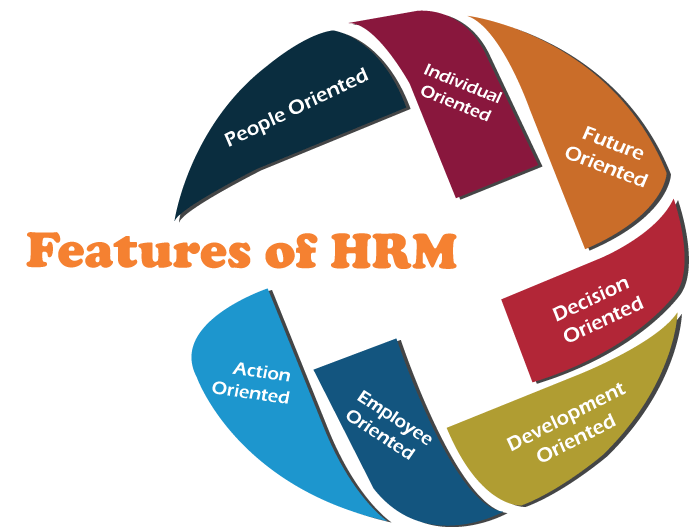
To bring out the best in workers, the workplace must be positive. HRM is essential in creating a safe and welcoming working atmosphere. It advocates for increased worker productivity and stresses the significance of HRM. Therefore, the HR division's primary responsibility today is to increase staff productivity by emphasizing ergonomics. HR managers are valuable to your company since they conduct such crucial tasks. Significant Variations between Human Resource Management and Personnel Management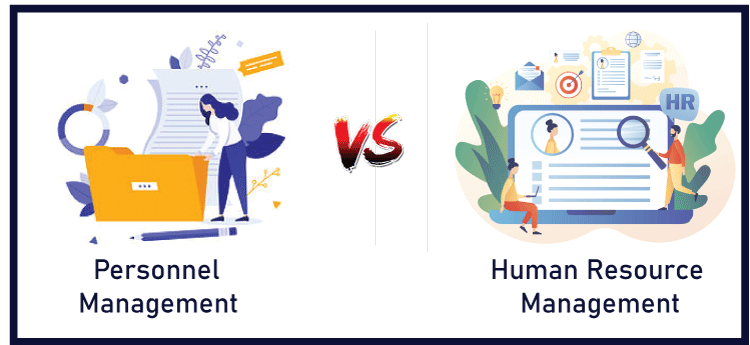
In consideration of a few key factors, let's compare personnel management with human resource management:
ConclusionA more contemporary method of managing personnel, human resource management, is gaining popularity in businesses as they seek a competitive edge. Personnel management differentiates from human resource management in its strong emphasis on employee development. Personnel management focuses more on the daily operations of running an organization's human resources, while human resource management concentrates more on the long-term planned management of people. From a more comprehensive perspective, human resource management considers the individual as a whole, not simply their work position. So, if you want to manage your workers more strategically, human resource management is the best way to go. However, personnel management could be a better fit for you if you're more interested in the operational side. Whatever path you choose, ensure you understand the distinctions between the two!
Next TopicDifference between
|
 For Videos Join Our Youtube Channel: Join Now
For Videos Join Our Youtube Channel: Join Now
Feedback
- Send your Feedback to [email protected]
Help Others, Please Share










